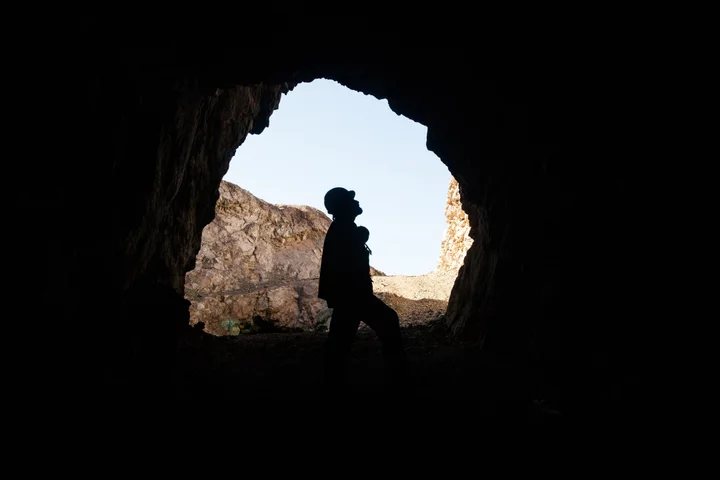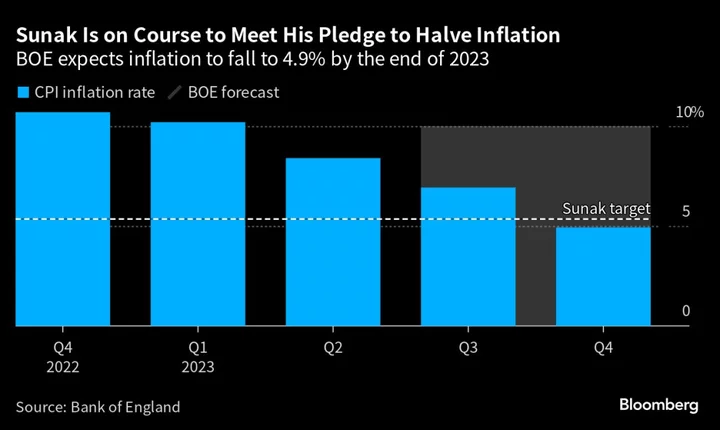By Dawn Chmielewski, Danielle Broadway and Lisa Richwine
LOS ANGELES While Hollywood celebrates the end of strikes by writers and actors, the multibillion-dollar economic toll on everyone from crew members to caterers will take months to tally.
Striking writers and actors slashed spending, burned through savings and piled up debt to survive. Dry cleaners and other service industries laid off staff, while prop houses sold inventory or shuttered.
Preliminary estimates place the economic cost at more than $6 billion in lost wages and business impacts across California and other production-heavy states such as Georgia and New Mexico, as most scripted film and television production ground to a halt.
Sets for movies and TV shows are lighting up again as studios rush to resume filming. Still, Hollywood is unlikely to return to the frenzied production pace of the streaming wars, when studios competed for subscribers and cachet. Studios facing higher labor costs, falling television ad revenue and an increasingly skeptical Wall Street are reducing the number of TV shows, cutting jobs and moving some production to cheaper locations overseas.
Total economic damage from the strike, including business failures, will take time to tabulate as experts sort through data.
The human toll will be harder to quantify beyond the painful personal accounts of people like Celia Finkelstein, an actor and member of the Writers Guild of America (WGA). She and her production-coordinator husband went without work for six months.
“There was no income in our household,” Finkelstein told Reuters. “We were grateful to have WGA loans and savings to lean on, but it was a very tough summer."
WGA members went on strike in May, followed in July by SAG-AFTRA performers' union members.
Screenwriters returned to work in September after winning pay increases, curbs on artificial intelligence use and benefits such as residuals that reward writers for popular streaming shows. Hollywood actors won similar gains in a tentative agreement reached with the studios on Nov. 8.
STRUGGLING TO EARN ENOUGH
The strike dealt a final blow so some careers. Aspiring actor Serena Kashmir quit the business after working in Hollywood for more than 11 years.
“I was working five ‘survival jobs’ and was still living with my mother,” Kashmir said. “I have a decent resume, footage, connections, and a degree in acting, but it didn't add up.”
Kashmir concluded “full-time acting” was not a reality, so she moved to Colorado to make her living in another field.
SAG-AFTRA President Fran Drescher has said the new contract has "historic" gains that would help preserve acting as a profession. But if talent flight persists, it can have long-term implications for Hollywood, which has long relied on a steady influx of workers attracted to the glamorous industry, said Kevin Klowden, chief global strategist for the Milken Institute think tank.
“If people can't afford to stick around, then the pool of people trying to get in diminishes, and it's a real concern,” Klowden said.
Long-established businesses, like Faux Library Studio Props in North Hollywood, a warehouse brimming with hollowed Styrofoam books, desks and office decor, barely hung on.
Owner Marc Meyer Jr. laid off all but one employee and relied on his landlord's generosity -- and a GoFundMe campaign started by two friends -- to remain afloat. He avoided the fate of Sony Pictures Entertainment’s prop warehouse, which closed and auctioned off everything from surf boards to fake skulls.
“I’ve seen executive desks go for $5," Meyer said. "It just breaks my heart."
'A BIG SLOWDOWN'
Even before the strikes, production had already started to decline or move abroad before in response to declining television advertising revenue, a diminished movie box office and investor pressure to turn streaming businesses profitable.
The companies began laying off thousands of workers and reducing content spending by billions. Disney, for example, told investors on a recent earnings call it expected content spending in fiscal 2024 to total $25 billion, down $2 billion from the prior year.
Global spending on programming effectively flatlined in 2023, according to analytics firm Ampere Analysis.
“That’s a very different trend to what’s been happening over the prior 10 years,” said Ampere executive director Guy Bisson, noting worldwide content spending rose 31% from 2015 to 2019. “Relatively speaking, there is a big slowdown.”
Moody’s Investors Service estimates the new labor agreements will cost studios an additional $450 million to $600 million a year collectively. Analyst Neil Begley predicts companies will try to absorb costs by hiring fewer A-list actors, doing less on-location filming or reducing spending on special effects and post-production.
Companies may seek out more tax breaks and financing subsidies to offset expenses. Moody’s predicts studios will film more productions outside the U.S., where costs are lower, and emulate the Netflix model, greenlighting stories with global appeal.
Ampere data shows that 69% of Netflix’s upcoming new original shows are being produced outside the U.S., as it fuels the global growth of its platform with local content.
One talent agent predicted the number of scripted series could drop from “Peak TV” levels of 599 in 2022 to 350 or fewer next year, which will ripple through cast and crew.
“So they won wonderful things,” said the agent, who requested anonymity. “But I do think the new costs that every movie and show will incur, because of what they were able to get, you’re going to see the other side. You’re going to see less production within a year or two, for sure.”
(Reporting by Dawn Chmielewski, Danielle Broadway and Lisa Richwine in Los Angeles; Editing by Mary Milliken and David Gregorio)









